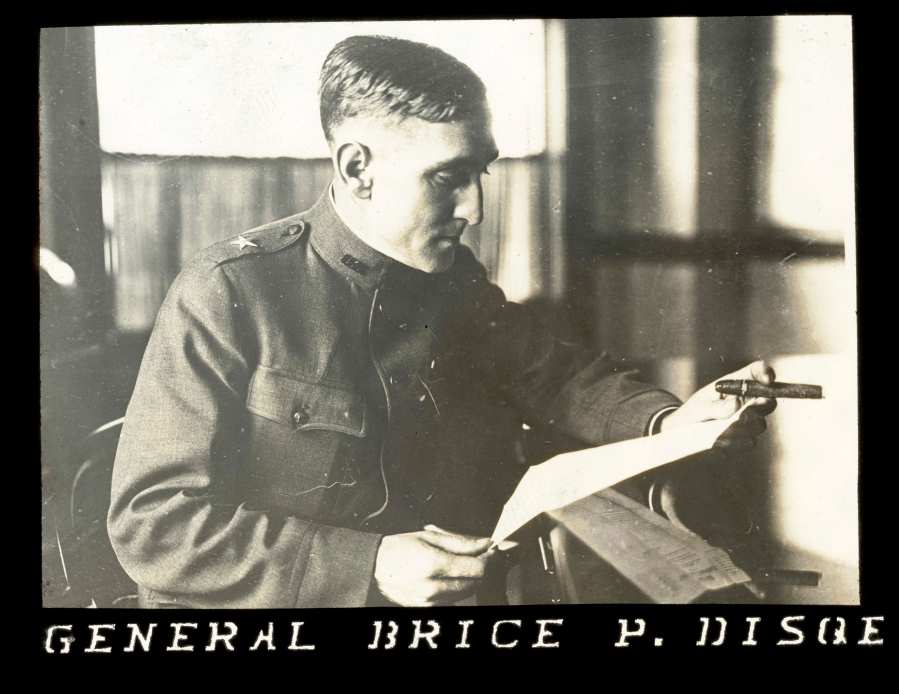A tree won World War I — the Sitka spruce. It formed airplane bodies and wings since aviation’s early days because its wood possessed the unique qualities of durability, strength, flexibility and lightness. Early airplane builders, including the Wright Brothers, had difficulty getting spruce. The red spruce found in the Northeastern forests didn’t grow to the heights needed.
Only the Sitka spruce growing along the Pacific Northwest coast grew tall enough. When the United States joined the Allies in WWI, they knew Allied air power depended on building airplanes with Sitka. But the Northwest forests crawled with the anti-capitalist International Workers of the World. In 1916 in Everett, special anti-union deputies massacred 31 members on Bloody Sunday, increasing concerns for logging labor stability.
That worried Gen. John Pershing and Secretary of War Newton Baker. Together they convinced Brice Disque, former Army captain, to reenlist and head up the Spruce Production Division. The new division would settle the disruptive labor conditions that might slow the war effort. The Army took over lumber production and quelled labor unrest for the first time.
Disque toured lumber camps, finding loggers working under harsh conditions but less radical than IWW members. He concluded the way to solve the labor turmoil was to use soldiers. He would also create a new group, the Legion of Loyal Loggers and Lumbermen, or 4L, committed to improving camp and mill life while eliminating IWW anarchy.



